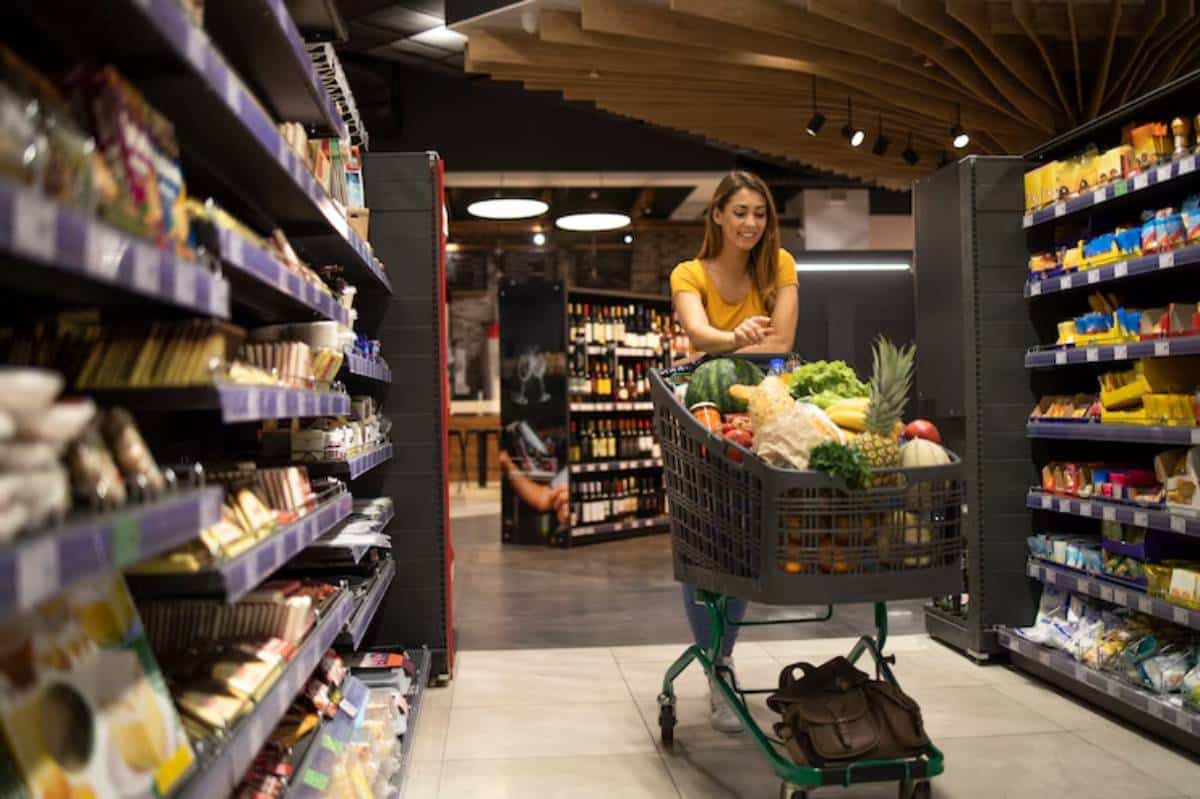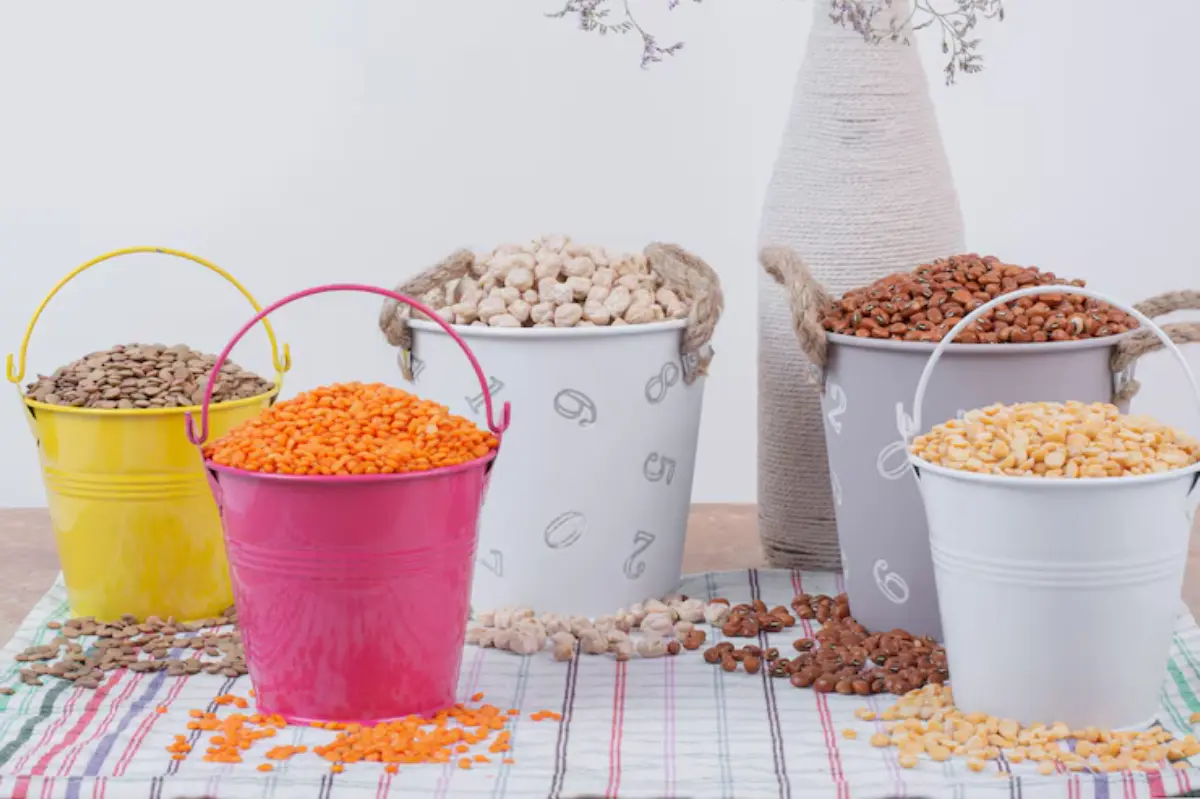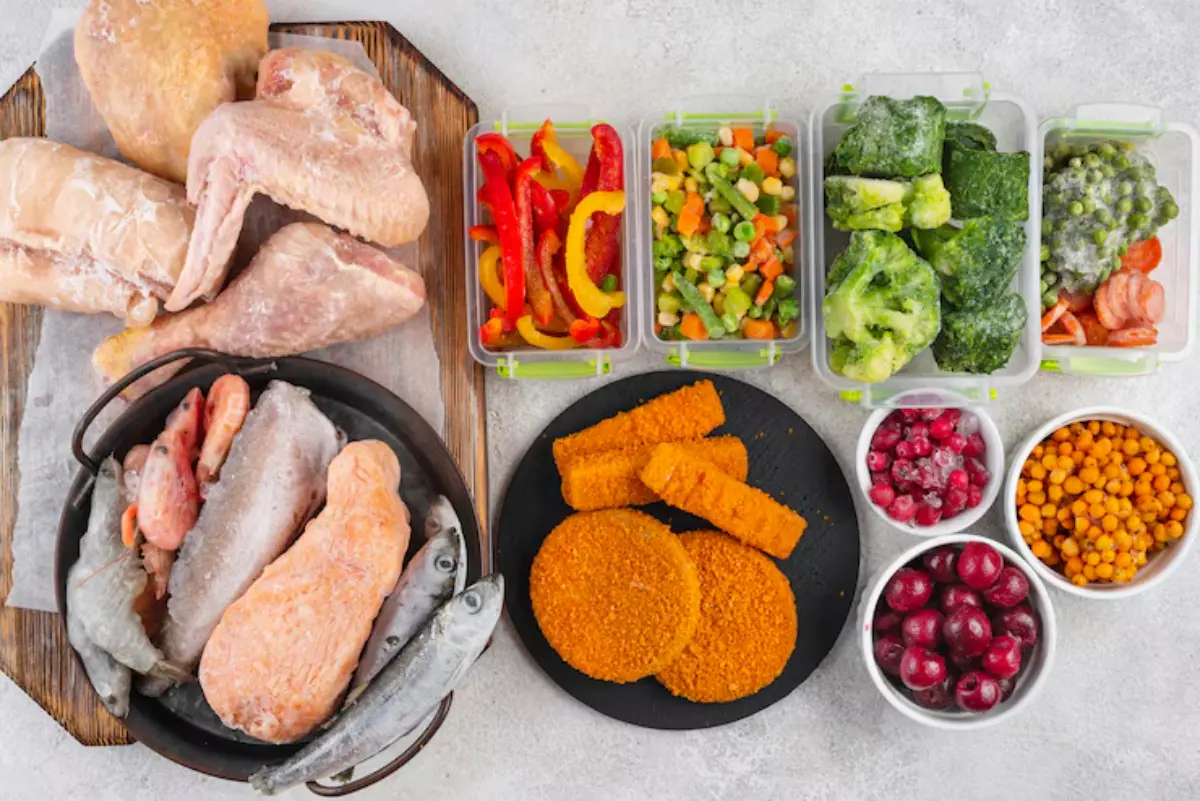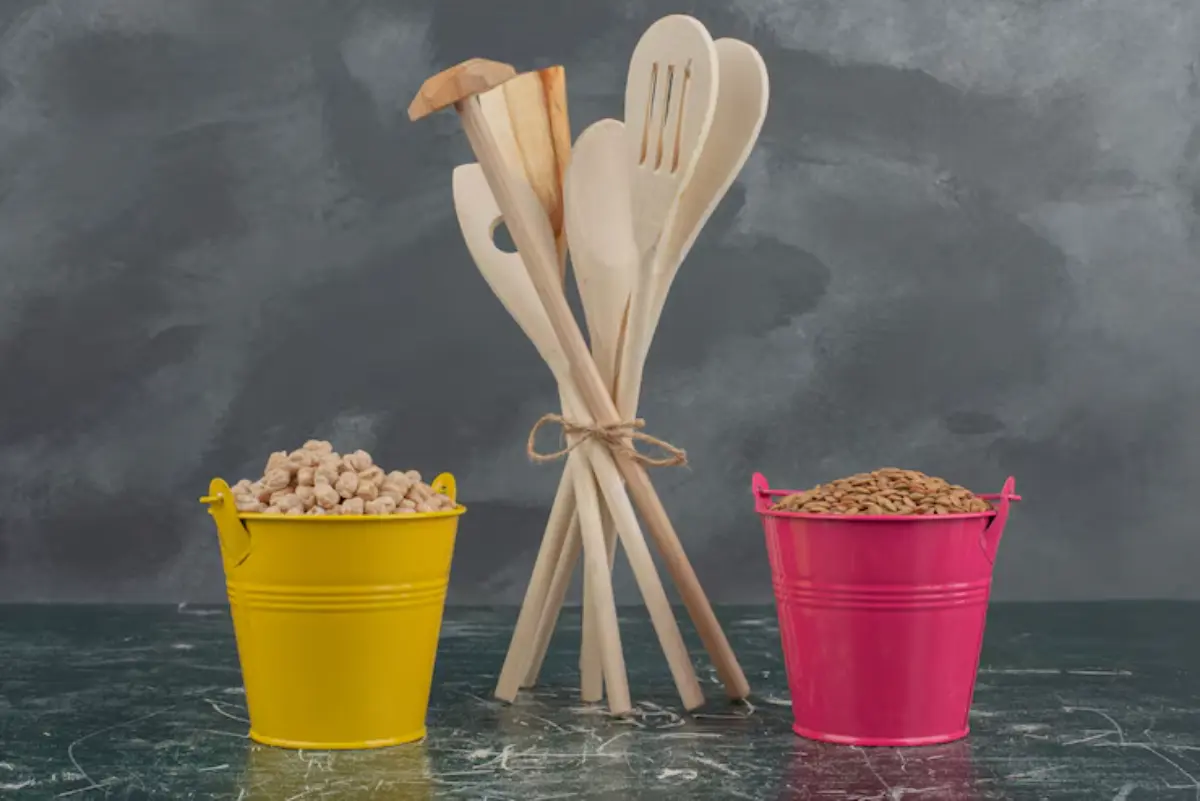
Buying in Bulk: Pros and Cons for Meal Planning
We’ve all had that moment: standing in a warehouse aisle or peering at an online deal, wondering if that massive 5kg bag of rice is a smart move or just kitchen clutter waiting to happen. Buying in bulk sounds like a brilliant way to save money and streamline your family’s food routine — especially if you’re juggling busy schedules, tight budgets, and endless meals. But is it always the best choice?
In this comprehensive guide, we’ll unpack the real advantages and potential pitfalls of bulk food meal prep, giving you clear insights so you can make bulk buying work for your unique situation. Whether you’re aiming to save money on groceries, build a bulk meal planner, or reduce kitchen waste, this article will help you do it wisely, without overwhelm.
Let’s explore how to bulk buy with confidence — and without accidentally hoarding lentils you’ll never use.
What Does “Buying in Bulk” Actually Mean?
Buying in bulk means purchasing larger quantities of food or household products at once, typically at a lower price per unit. This might look like:
- 10kg of pasta instead of a 500g pack
- A crate of tinned tomatoes
- A multi-pack of chicken breasts to freeze
Key aim: Pay less over time, shop less frequently, and have consistent staples on hand.
Bulk buying is not about hoarding — it’s about planning, portioning, and staying in control.
The Pros of Buying in Bulk for Meal Planning
1. Lower Cost Per Unit
One of the most obvious benefits: bulk items are usually cheaper gram-for-gram than smaller packs. This can seriously reduce your grocery bills over time.
Example:
- 500g bag of oats = £1.20 (24p/100g)
- 2kg bag = £2.80 (14p/100g)
Over time, that adds up — especially for frequently used items.
2. Fewer Grocery Trips
Running out of pantry staples like rice, flour, or canned beans often leads to extra shopping trips — and more temptation to overspend. Bulk buying keeps you well-stocked.
3. Supports Batch Cooking
If you’re into meal prep, bulk buying makes it easy to cook in larger batches:
- Cook once, eat twice (or more!)
- Freeze portions for later
- Always have core ingredients on hand
This is especially handy for parents or anyone managing busy weekdays.
4. Reduces Packaging Waste
Bigger packages mean less overall packaging. This makes bulk buying a more eco-friendly option — particularly if you use refill shops or buy from wholesalers that let you bring your own containers.
5. Meal Planning Flexibility
A stocked pantry gives you more flexibility to adapt meals without needing last-minute supermarket runs. Got a surprise guest? You’ll have enough pasta, beans, and frozen veg to whip something up.
The Cons of Buying in Bulk for Meal Planning
1. Upfront Cost Is Higher
Even if it’s cheaper in the long run, bulk shopping can be expensive upfront. Spending £40 on one product may not be feasible for all budgets.
2. Storage Space Becomes an Issue
Do you have room to store 10kg of rice or six tubs of peanut butter? If you’re short on cupboard or freezer space, bulk buying might create clutter instead of convenience.
3. Risk of Waste
If you don’t eat what you’ve bought before it expires or spoils, you’re wasting money — not saving it. Perishables (like bulk yoghurt or produce) can be especially risky.
4. Temptation to Overeat
Having huge quantities of snacks, cereal, or sweets can encourage overeating — especially for kids or late-night grazers.
5. Not Always the Healthiest Choices
Bulk deals are often on processed foods, sugary snacks, or ultra-processed sauces. Stick to whole foods when you can: grains, legumes, frozen veg, etc.
What to Buy in Bulk (And What to Avoid)

Best Bulk Buys:
- Grains: rice, oats, pasta, quinoa, couscous
- Legumes: lentils, black beans, chickpeas (dried or canned)
- Frozen fruit & veg: spinach, peas, mixed berries
- Proteins: chicken, mince, tofu — portion and freeze
- Baking basics: flour, sugar, baking powder
- Spices: in refill shops or ethnic grocery stores
Approach with Caution:
- Bread & baked goods: freeze if bought in bulk
- Dairy: only if you can consume or freeze before expiry
- Snacks & sweets: tempting but often not cost-effective
- Condiments: massive jars may go off before you finish them
Tip: Always check “per 100g” pricing — bigger isn’t always better.
Need more ideas? Check out our Beginner’s Guide to Family Meal Prep Sundays.
Sample Bulk-Based Weekly Meal Plan

Here’s how a week’s worth of meals might look using mostly bulk-bought items.
Monday
- Dinner: Lentil and carrot soup with oat rolls
- Prep: Batch cook and freeze half
Tuesday
- Dinner: Spaghetti with tomato and red lentil sauce
- Sides: Frozen green beans
Wednesday
- Dinner: Chickpea curry with rice
- Batch: Cook extra for Thursday lunch
Thursday
- Dinner: Chicken stir-fry with frozen veg and noodles
- Freezer-friendly: Prep extra chicken portions
Friday
- Dinner: Homemade veggie pizza on flatbreads
- Toppings: Tinned mushrooms, cheese, leftover veg
Saturday
- Dinner: Bolognese with frozen mince and dried herbs
- Dessert: Banana oat muffins from bulk oats
Sunday
- Dinner: Roast chicken thighs with couscous and tinned peas
- Use leftovers: Sandwiches or wraps for Monday
Storage Tips for Bulk Food Success
Pantry Storage:
- Use clear containers with labels
- Store grains and flours in airtight tubs to prevent pests
- Rotate older stock to the front
Freezer Tips:
- Label and date everything
- Freeze in meal-sized portions
- Flash freeze berries, meatballs, or chopped veg on trays before bagging
Fridge Organisation:
- Keep open perishables near the front
- Invest in clear bins to sort dairy, condiments, etc.
Where to Buy in Bulk
Supermarkets:
- Tesco, Asda, Lidl, Aldi: Look for large pack deals
- “World foods” aisles often have larger, cheaper spices and grains
Wholesale Clubs:
- Costco (if you have a membership)
- Bookers (business-focused but open to some households)
Zero-Waste or Refill Stores:
- Bring your own containers and buy by weight
- Eco-friendly and ideal for smaller bulk amounts
Online:
- Amazon Pantry
- Approved Food (discounted bulk pantry staples)
- Buy Whole Foods Online (good for pulses, flours, seeds)
Tools to Build Your Bulk Meal Planner

- Inventory spreadsheet: track what you have, what needs topping up
- Meal planner app: like MealBoard or Plan to Eat
- Bulk cooking log: note down recipes, freeze dates, portion sizes
- Label printer or marker pens: for clear organisation
Pitfalls to Avoid in Bulk Buying
- Not checking expiry dates: Always look at use-by timelines, especially with dairy or condiments
- Lack of planning: Bulk means nothing if you don’t have a meal strategy
- Overstuffed freezers: Label well or you’ll forget what’s in there
- Impulse buys: A good deal isn’t good if it never gets used
Big Picture, Big Payoff
Bulk food meal prep isn’t just for large families or preppers — it’s for anyone who wants to save money on groceries, reduce waste, and cook smarter, not harder. When paired with thoughtful planning and proper storage, buying in bulk can revolutionise your kitchen routine.
Sure, there are caveats — upfront cost, space, and spoilage — but with the right balance, your bulk meal planner can become the backbone of your food strategy.
Need more ideas? Check out our Pantry Meals That Save Time and Money.


